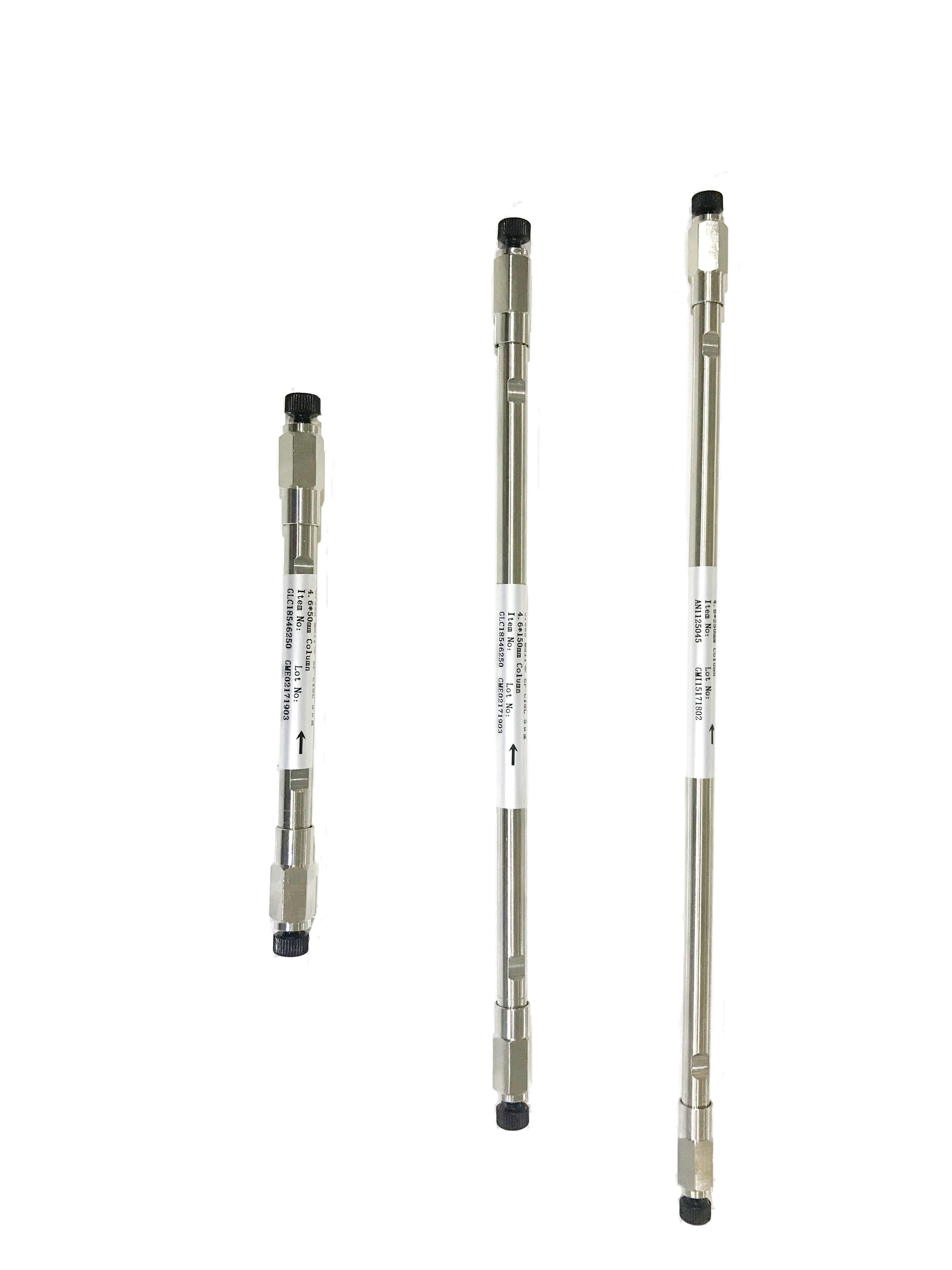Understanding HPLC Column Lifespan and Performance
High-performance liquid chromatography (HPLC) columns are essential components in analytical laboratories, representing a significant investment that requires proper care and attention. The lifespan of an HPLC column can vary dramatically depending on multiple factors, including usage patterns, sample types, and maintenance practices. While some columns may last for thousands of injections, others might deteriorate after just a few hundred uses. Understanding how to maximize your HPLC column's longevity is crucial for both cost-effectiveness and analytical reliability.
Factors Affecting HPLC Column Lifetime
Chemical and Physical Conditions
The chemical environment to which an HPLC column is exposed plays a crucial role in determining its lifespan. Extreme pH conditions, particularly those outside the recommended range of 2-8, can accelerate column degradation. High temperatures can also impact column stability, potentially causing stationary phase breakdown or bonded phase collapse. Additionally, pressure fluctuations and operation above maximum pressure limits can physically damage the column packing material.
Sample matrix complexity and preparation quality directly influence column longevity. Poorly prepared samples containing particulates or aggressive chemical components can quickly deteriorate column performance. The presence of proteins, lipids, or other matrix components that strongly bind to the stationary phase can lead to irreversible column contamination.
Operational Parameters
Flow rates and injection volumes significantly impact HPLC column life. Operating consistently at maximum flow rates or regularly exceeding recommended injection volumes can stress the column packing material. Mobile phase composition changes, especially during gradient elution, must be carefully controlled to prevent phase collapse or stationary phase stripping.
System cleanliness and maintenance procedures also affect column durability. Bacterial growth in aqueous mobile phases, precipitation of buffer components, or carryover from previous analyses can all contribute to reduced column performance and shortened lifespan.
Essential Maintenance Practices for HPLC Columns
Daily Care and Monitoring
Regular monitoring of column performance indicators is essential for maintaining optimal separation efficiency. Track retention times, peak shapes, and column backpressure to identify early signs of deterioration. Implement a daily startup and shutdown protocol that includes proper equilibration and storage procedures.
Always filter mobile phases and samples through appropriate membrane filters to prevent particulate contamination. Use high-quality solvents and regularly replace mobile phase solutions to prevent microbial growth and contamination. Maintain proper pH and buffer concentration control throughout analytical runs.
Preventive Maintenance Strategies
Develop a comprehensive maintenance schedule that includes regular column cleaning and regeneration procedures. Use manufacturer-recommended cleaning solvents and protocols to remove accumulated contaminants. Perform periodic column efficiency tests using standard test mixtures to evaluate separation performance.
Store columns properly when not in use, using appropriate storage solvents and following manufacturer guidelines for temperature and environmental conditions. Install and use guard columns to protect the analytical column from strongly retained contaminants and particulates.
Extending HPLC Column Life Through Best Practices
Sample Preparation Optimization
Implement rigorous sample preparation protocols to minimize column contamination. Use appropriate sample clean-up techniques such as filtration, solid-phase extraction, or protein precipitation when necessary. Validate sample preparation methods to ensure consistent quality and minimal matrix effects.
Consider the impact of sample solvent composition on column stability. Match sample solvents with mobile phase composition when possible to prevent shock to the stationary phase. Implement appropriate dilution strategies for concentrated samples to prevent column overloading.
Method Development Considerations
Design analytical methods that balance separation efficiency with column longevity. Choose appropriate mobile phase compositions and gradient profiles that minimize stress on the column. Consider the use of newer column technologies with improved stability and performance characteristics.
Validate method parameters thoroughly, including injection volume, flow rate, and temperature settings. Implement quality control procedures to monitor method performance and column stability over time. Document all method modifications and their impact on column performance.

Troubleshooting and Performance Recovery
Common Issues and Solutions
Address performance issues promptly to prevent irreversible column damage. Monitor changes in retention time, peak shape, and column pressure to identify potential problems. Implement systematic troubleshooting procedures to diagnose and resolve performance issues.
Develop standard operating procedures for column regeneration and cleaning. Document successful recovery procedures for different types of contamination or performance loss. Maintain detailed records of column history and maintenance activities.
Column Regeneration Techniques
Master various regeneration techniques suitable for different types of contamination. Use appropriate cleaning solvents and procedures based on the nature of the contamination and column chemistry. Follow manufacturer guidelines for maximum temperature and pressure limits during regeneration procedures.
Evaluate column performance after regeneration to confirm recovery of separation efficiency. Consider cost-effectiveness of regeneration versus replacement when dealing with severely damaged columns.
Frequently Asked Questions
What is the average lifespan of an HPLC column?
The typical lifespan of an HPLC column ranges from 500 to 2000 injections, depending on usage conditions, sample types, and maintenance practices. With proper care and optimal operating conditions, some columns can last significantly longer.
How do I know when to replace my HPLC column?
Consider replacing your HPLC column when you observe persistent issues such as peak tailing, loss of resolution, increased backpressure that cannot be restored through cleaning, or when regeneration procedures no longer improve performance.
What are the best storage conditions for HPLC columns?
Store HPLC columns in appropriate storage solvent (usually the mobile phase without buffer or a manufacturer-recommended solution), at room temperature, and with end caps securely sealed. Avoid exposure to extreme temperatures and ensure columns are properly labeled with storage conditions.
How often should I clean my HPLC column?
Regular cleaning frequency depends on sample complexity and analysis frequency. Generally, implement a cleaning procedure when you observe early signs of performance degradation, typically every 200-300 injections for complex samples, or less frequently for clean samples.



